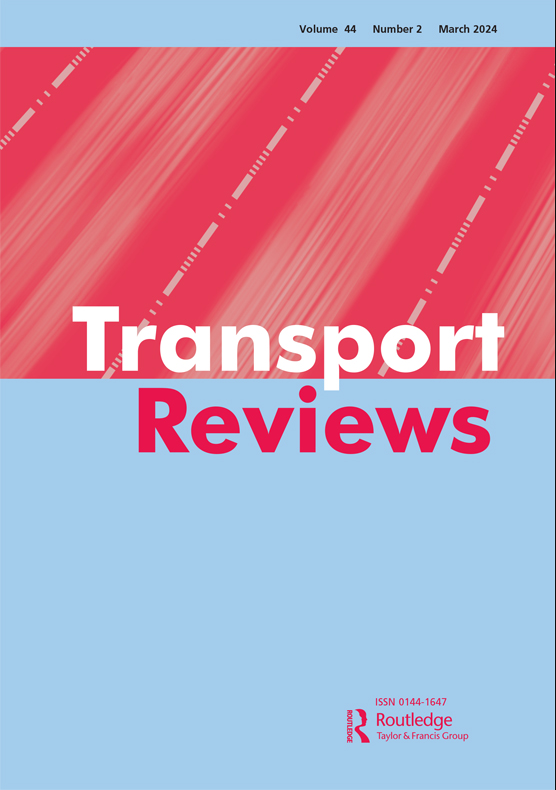The economic impact of transport infrastructure: a review of project-level vs. aggregate-level evidence
IF 9.9
1区 工程技术
Q1 TRANSPORTATION
引用次数: 0
Abstract
This article aims to assess how well the economic impact of transport infrastructure is understood. Analyses of large samples of individual investment projects based on data in the so-called Flyvbjerg database have documented systematic construction cost overruns and first-year traffic demand shortfalls. They have interpreted these findings as being indicative of negative social welfare consequences of typical transport infrastructure investment projects, but that interpretation has been challenged on methodological grounds. The evidence base of ex post social cost–benefit analyses is growing and it, too, has challenged the suggestion that transport infrastructure projects destroy social welfare. Overall, it seems fair to conclude that our understanding of the project-level social welfare consequences of transport infrastructure is improving but remains far from conclusive. In contrast, aggregate-level quantitative meta-analyses provide robust results of a significant and positive relationship between transport infrastructure and economic activity at the level of regions or countries, especially in the long run and at higher levels of geographical aggregation. These aggregate-level results imply that project-level analyses should indeed consider the entire life cycle of projects, not just construction and the first year of operation, and that they should also acknowledge the presence of network effects as well as wider economic impacts – as difficult to measure and controversial as they are.
交通基础设施的经济影响:对项目级与总体级证据的回顾
本文旨在评估人们对交通基础设施的经济影响的理解程度。根据所谓的Flyvbjerg数据库的数据,对个别投资项目的大量样本进行分析,记录了系统性的建设成本超支和第一年交通需求不足。他们将这些发现解释为表明典型的交通基础设施投资项目对社会福利的负面影响,但这种解释在方法上受到了挑战。事后社会成本效益分析的证据基础正在增长,它也对交通基础设施项目破坏社会福利的说法提出了挑战。总的来说,我们对交通基础设施项目层面的社会福利影响的理解正在改善,但仍远未得出结论,这似乎是公平的。相比之下,总体水平的定量荟萃分析提供了可靠的结果,表明运输基础设施与区域或国家层面的经济活动之间存在显著的积极关系,特别是在长期和较高的地理聚集水平上。这些总体水平的结果意味着,项目水平的分析确实应该考虑项目的整个生命周期,而不仅仅是建设和第一年的运营,而且他们还应该承认网络效应的存在以及更广泛的经济影响——尽管它们难以衡量和有争议。
本文章由计算机程序翻译,如有差异,请以英文原文为准。
求助全文
约1分钟内获得全文
求助全文
来源期刊

Transport Reviews
TRANSPORTATION-
CiteScore
17.70
自引率
1.00%
发文量
32
期刊介绍:
Transport Reviews is an international journal that comprehensively covers all aspects of transportation. It offers authoritative and current research-based reviews on transportation-related topics, catering to a knowledgeable audience while also being accessible to a wide readership.
Encouraging submissions from diverse disciplinary perspectives such as economics and engineering, as well as various subject areas like social issues and the environment, Transport Reviews welcomes contributions employing different methodological approaches, including modeling, qualitative methods, or mixed-methods. The reviews typically introduce new methodologies, analyses, innovative viewpoints, and original data, although they are not limited to research-based content.
 求助内容:
求助内容: 应助结果提醒方式:
应助结果提醒方式:


